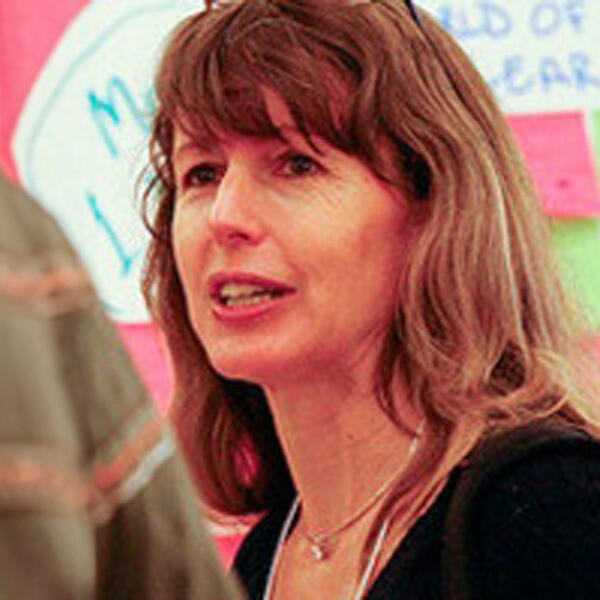
By
If you could create the Guide, what would be in it? What would be important elements to be included?
Can humans intentionally design the future? Up to now, Mother Nature has been the major designer of futures, and She has done an admirable job. If humans propose to take over this role, we might start by studying how Mother Nature does it. Sometimes Mother Nature just wipes out most of what is there and starts again (think extinctions). One of the most significant design moves Mother Nature ever made, from a human perspective, was the plague. The plague wiped out so many people that, given the labor shortage, serfs and peasants were no longer tied to one particular lord’s land and could demand higher wages or leave. Feudalism died, setting the stage for capitalism, and the modern world was born. A very ingenious design move indeed.
Today the modern world is, of course, imperiled by human interventions into Mother Nature’s business, something that should give future-designers some pause. Nonetheless, it will be interesting to see what Mother Nature does, since we already have some clues that her next move could be pretty dramatic. The question is whether future-designers can beat her to it and do a better job. A cautionary note from an historical perspective, though: In history, people who have proposed and imposed utopias have often done more harm than Mother Nature’s disasters have in terms of human progress. (For example, compare Mother Nature’s death of feudalism and Hitler’s birth of Fascism).
In some sense, all human inventions across history – from cooking to washing machines to the Internet – are about designing the future. The washing machine freed half of humanity from domestic service to seek paid employment, with massive economic and social consequences. It is hard to tell what the consequences of the Internet will be, but the situation now is not looking too good. Such human inventions are nearly right up there with Mother Nature in terms of their impact.
Today’s designers of the future want to be more than inventors. The invention of washing machines was the result of an incremental process; its explicit goal was not freeing women to work outside the home and thereby undermine the status of men (since women who had their own income had a lot more options). The invention of the internet had the goal of improving and extending communication (aside from its military uses). We have yet to see if the internet and social media will, in the end, enhance communication or contribute to the destruction of truth and to outright warfare. As these and many other examples show, inventors often did not intend or desire the outcomes of their inventions. Designers of the future want more control.
Today’s designers of the future appear more interested in creating and manipulating entirely new social, economic, technological, or societal systems. They are concerned with a myriad of things that are much bigger than viruses or washing machines – things like double or triple bottom line business models, cyber cities, artificial intelligence, gamifying everyday life, and the approaching Singularity.
There is no doubt we can build systems and implement them. The U.S. Constitution was one such system. The thoughtful people who created the Constitution most certainly anticipated and helped design a future in this case. We are living in that future and to be honest, the results are a mixed bag, because humans and the systems of which they are a part never really behave as we would hope or predict. Nonetheless, it was a good try. We can applaud these designers as we try to navigate a future based on a present world the Constitution's authors never could have anticipated.
Given the fragility of such a great project as the Constitution, I fear modern designers of the future as much as I fear a future without them. After all, given what we have done to Mother Nature we do not want to be left to her vengeance unaided. But please, designers of the future, take small steps, tread lightly, don’t plan for utopias, send repair manuals with your systems along with emergency exits. Send, too, best wishes for those future people who will have to repair, replace, or regret what you have built. Good luck.
About Elisabteh R. Gee
Elisabeth R. Gee (formerly Hayes) is Arizona State University’s Delbert and Jewell Lewis Chair in reading and literacy, professor in Mary Lou Fulton Teachers College, and affiliate faculty in the Department of English. Professor Gee is the current co-director of the Play2Connect project, focusing on intergenerational game play as a means of promoting learning and positive family relationships. Her recent research includes a study of Mexican-American families' use of digital media for learning and an investigation of game design as a means of promoting design thinking among children and families. Professor Gee was named a 2011 White House Champion of Change for her work on using games and digital media to engage girls in computing. She has authored and edited numerous publications, most recently including Families at Play (coauthored with Sinem Siyahhan), Re-Imagining Multiliteracies (co-edited with Frank Serafini), Learning in Video Game Affinity Spaces (co-edited with Sean Duncan), and Language and Learning in the Digital Age (coauthored with James Gee).